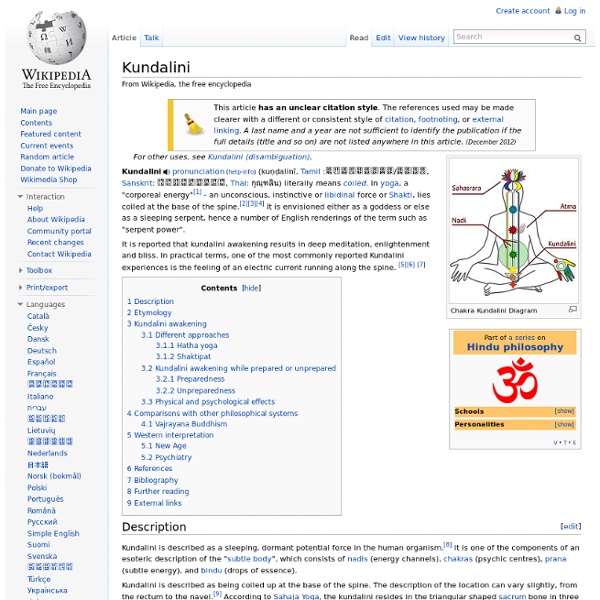Kundalini

Fruit - Exotic Foods at WomansDay.com
They say an apple a day keeps the doctor away, but what about a cherimoya? Never heard of it? Cherimoya is a fruit native to the highlands of South America that Mark Twain once called "deliciousness itself." While you may be a pro when it comes to pears, avocados and mangos, there are plenty of fruits considered delicacies in other countries. From durian to salak, discover 10 exotic fruits that are cherished around the world. Rambutan This Ping-Pong-ball-size red fruit is indigenous to Malaysia, and has also been cultivated throughout Thailand, South Vietnam, Indonesia, the Philippines, India and Sri Lanka. Durian This Southeast Asian delicacy is known first and foremost for its potent odor, which is said to be similar to rotting food or garbage. African Cucumber Also known as the horned melon, jelly melon, kiwano or hedged gourd, the African cucumber is a vibrant fruit, featuring a mosaic of green and yellow colors on the inside and bright orange on the outside. Ackee Buddha's Hand Chayote
Standing Up for Freedom Video
Log in Cynthia Yildirim Standing Up for Freedom Directed by Carlos Lascano, this emotive piece of work takes us on a metaphorical journey showing mankind's struggle for freedom over the last half century. posted 3 years ago © 2014 Redux, Inc. about redux | contact us | copyright | legal
Related:
Related:



